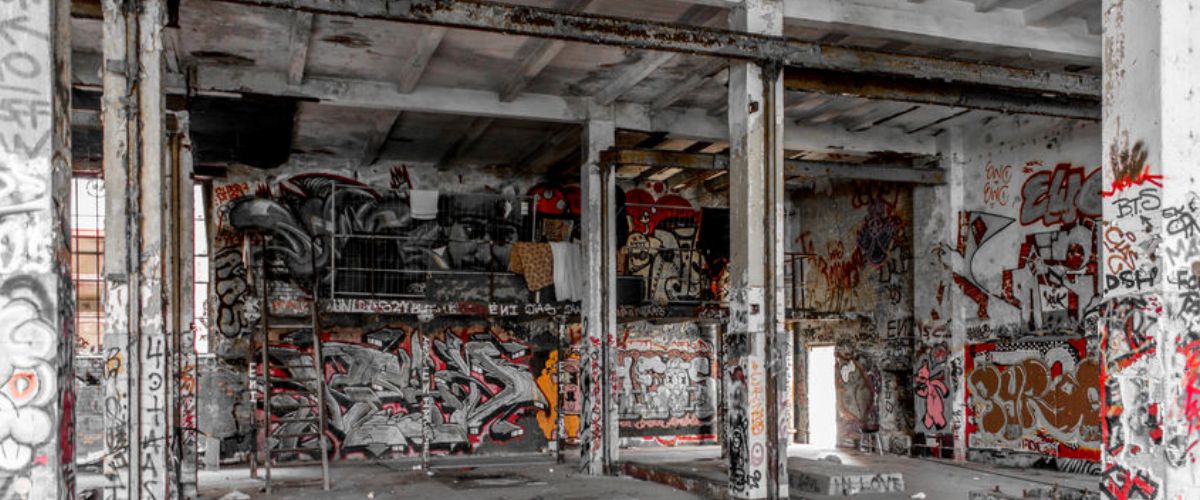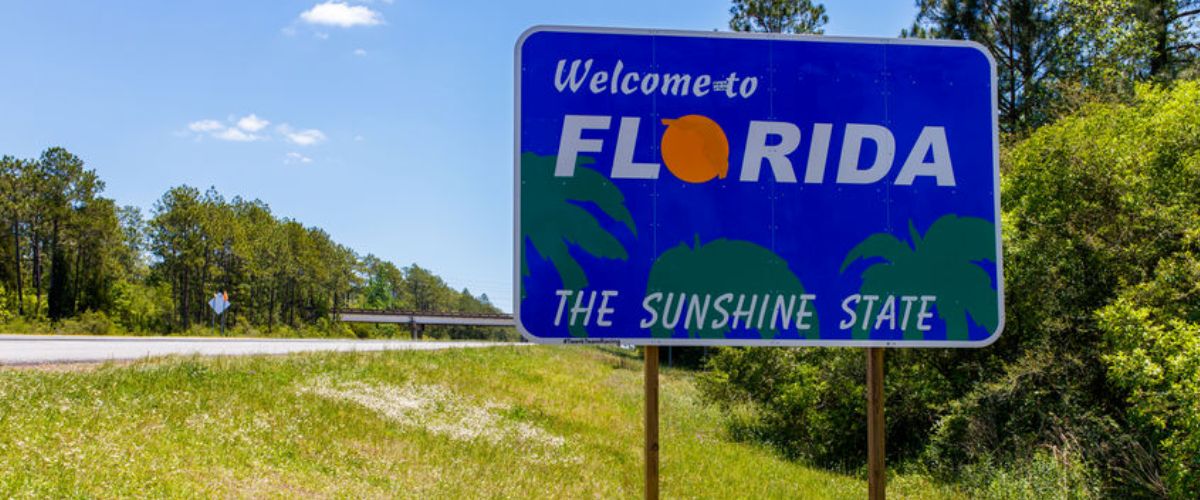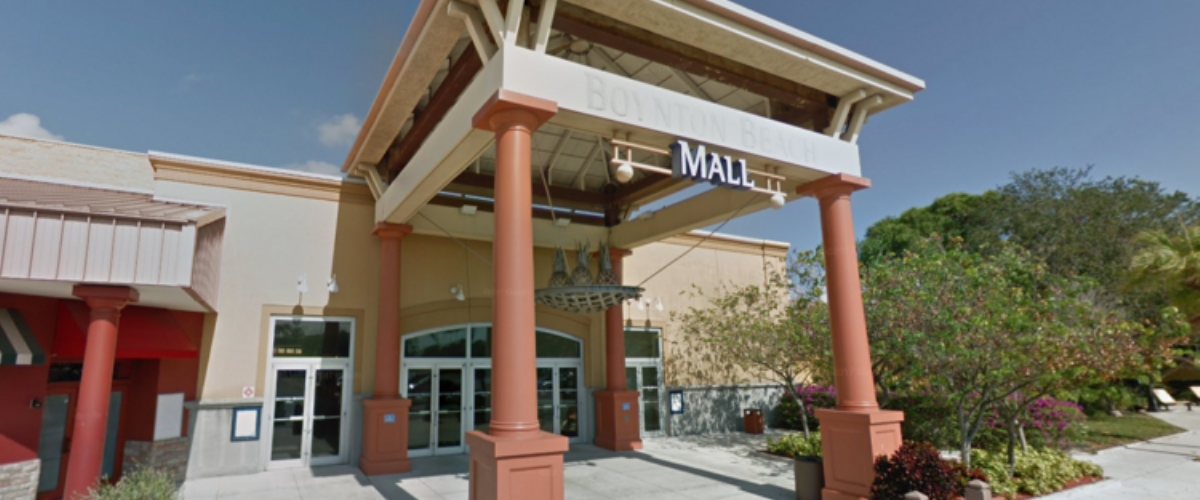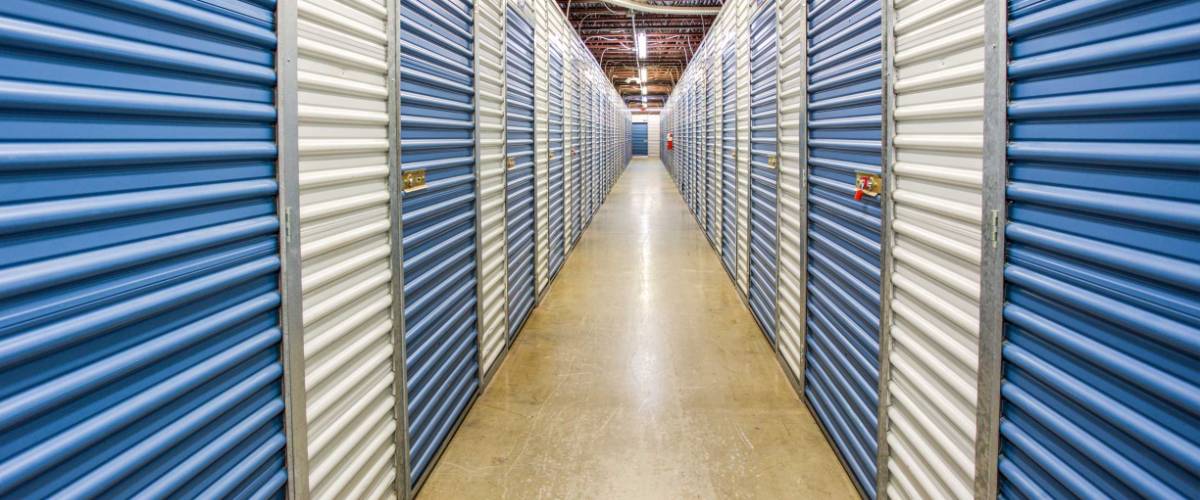A century-old loft building has been retrofitted for tech workers with fancy pantries, bleacher seating for all-hands meetings and a library for Kindle readers where the only books are decorations on the wallpaper.
In another part of Manhattan, Google is creating a vast campus with offices spread out among three loft buildings. Even some new office towers are being made to look like lofts, with high ceilings, flexible floor plans, and exposed columns and pipes that evoke old New York to tech newcomers.
The humble loft building helped transform New York into an industrial powerhouse in the first half of the 20th century, with expansive, light-filled floors packed with workers stitching shirts and textiles, forging metal and machinery, and toiling in assembly lines. It was a utilitarian version of a modern coworking space.
But the lofts that once defined the cityscape were eventually abandoned by businesses, left to artists and homeowners coveting more space, and were no longer favored by city officials who saw them as outdated relics. Now lofts are back in vogue, coveted by technology companies that want an authentic New York feel.
“People used to think these kinds of buildings and areas are obsolete,” said Elizabeth Lusskin, president of the Long Island City Partnership, an economic development group in Queens. “In fact, it’s quite the opposite. They are now at a premium.”
Technology executives say loft buildings are versatile, provide more space and character for less cost than cookie-cutter office towers, and better reflect their collaborative work culture. And the buildings themselves have a past that can be irresistible for companies with so little history of their own.
“Loft buildings offer the open, creative and fun spaces of Silicon Valley, combined with the New York City urban industrial feel,” said Matt Glickman, a vice president of Snowflake, a California-based software company with a Manhattan loft office.
Citywide, there are fewer than 5,000 loft buildings, nearly all completed before the 1960s, according to the Department of City Planning. Zoning regulations since then have discouraged new loft buildings. The growing demand for lofts has alarmed community groups that say it could lead to higher rents, pushing out longtime residents and small businesses in favor of deep-pocketed technology companies.
“If you’re a landlord and you have a choice between loft artists and a coworking space, you’re clearly taking the coworking space,” said Gregory Louis, a lawyer for Communities Resist, a community group in Brooklyn.
“Technology companies were “a direct threat to artists and light manufacturers,” said Carl Riddle, 41, an artist and loft tenant in Brooklyn.
City planning officials said they were considering changing zoning regulations to make it easier to construct new lofts. Currently, regulations adopted in 1961 favor buildings that are constructed for a specific purpose (such as office towers or small factories outside Manhattan) as part of an effort at that time to create an orderly and modern cityscape.
The goal now is to update those regulations to increase the supply of multiuse lofts that create jobs and help the city’s economy grow, while keeping enough of them affordable for smaller and less well-off tenants, city officials said.
For many technology companies, a building is just one selling point, of course, along with access to public transportation and a talented workforce. But Peter Turchin, a vice chairman of CBRE, a commercial real estate firm, said he receives a half-dozen calls a day from technology companies looking for renovated loft buildings.
“More than 70 technology companies, including streaming service Roku, have moved into the loft-rich garment district in midtown Manhattan in the past five years,” said Barbara A. Blair, president of the Garment District Alliance, which runs the business improvement district.
In Long Island City, Uber, Lyft and Via have opened offices in the Falchi Building, a 1922 loft that was a warehouse for the Gimbels department store. Nearby, a loft that was used as a book bindery is being converted into laboratories and offices for up to two dozen bio-tech firms.
“One major developer, Related Cos., which is building Hudson Yards, the mini-city rising on Manhattan’s Far West Side, is renovating two Long Island City loft buildings to offer a more affordable alternative a short subway ride from Manhattan,” said Patrick Sweeney, a managing director.
VaynerMedia, a digital marketing and communications agency, has an office at 10 Hudson Yards but is expanding in Long Island City.
“A loft is a more collaborative atmosphere, and that’s the kind of creative space we want to build,” said Alan Harker, chief financial officer for VaynerX, the parent company of VaynerMedia. “It encourages people to get together.”
Even new offices have been marketed as modern lofts offering the best of both worlds. Buildings in Chelsea and on the Lower East Side in Manhattan, and in Williamsburg, Brooklyn, have loft-style features such as high ceilings, open and flexible layouts, and oversized windows.
“Lofts were an essential part of New York’s history, used for storage or light manufacturing in the 19th century in lower Manhattan and later spreading north along Broadway and to other corners of the city,” said Carol Willis, an architectural historian and founder of the Skyscraper Museum in lower Manhattan. “By the 1930s, there were more than 100 of these “skyscraper factories” in the garment district alone. They’re built as generic space that can be occupied by whoever wants to rent it. It makes no difference if it’s a printer’s shop or an ostrich-feather hat maker.”
These days, the garment workers have been replaced by computer programmers, software engineers and graphic designers. Many building owners say they seek out “TAMI tenants,” or companies in technology, advertising, media and information.
At a loft building on West 41st Street in the garment district, 10 of the 15 tenants are technology companies, including Roku. The building caters to tech workers with lounges and pantries with cold-brew coffee and beer on tap. There are big-screen televisions and skateboards hanging on the wall, and a library with a pool table.
“These prewar buildings often pose infrastructure challenges, but we’ve retrofitted our building to handle modern technology,” said Diane Carlini, a Roku spokeswoman. “The ‘old’ meets ‘new’ is pretty cool, and our employees really appreciate it.”
“Another tenant, Demandbase, a marketing technology company for businesses, moved its office from the prestigious Chrysler Building because the open spaces and glass walls at the West 41st Street site better reflect its culture,” said Gabe Rogol, the chief executive.
Last year, the city changed a long-standing regulation requiring garment district buildings to reserve half their space for manufacturers after building owners complained that they could not find enough tenants. That has attracted newcomers into loft spaces that would otherwise stand empty, creating jobs and supporting the local economy, said Blair, of the Garment District Alliance.
“We all have to evolve,” Blair said. “You’ve got these new industries, and they need somewhere to go.”
Well-funded technology companies have moved into the neighborhood after a large share of manufacturers’ leases expired over the past two years and cleared the way for lofts to be renovated. Joseph Ferrara, whose family owns Ferrara Manufacturing, said many manufacturers were paying about $20 to $30 a square foot.
“Tech companies, in particular those funded by venture capital activity, are happy to pay $50 a foot,” Ferrara said.
Google led the way when it settled in a loft building in Chelsea in 2006.
“Google pointed out to the world that these massive loft-style buildings were very attractive to their employees,” said Paul Pariser, co-chief executive of Taconic Investment Partners, which developed the building. “What were once secondary buildings started gaining traction.”
As Google now expands in lower Manhattan, it is moving into two loft buildings and taking over the commercial space in a third, in a former industrial neighborhood near the Holland Tunnel that has welcomed newcomers with $27 million in improvements, including a park.
Lofts have become hubs not just for technology companies, but for manufacturing companies that embrace technology. At the Brooklyn Navy Yard, companies are assembling robots, drones and 3D printers in lofts. Some have even asked that their buildings not be fixed up too much.
“None of them would want to be in a traditional office space,” said David Ehrenberg, president and chief executive of the Brooklyn Navy Yard Development Corp., the nonprofit that runs the city-owned complex on the East River.
When Tim Armstrong was hired as Google’s first New York employee in 2000, he turned his loft apartment on the Upper West Side into the company’s inaugural office. Now his latest venture, DTX, a product, design and technology company, is based in a former metalwork shop in SoHo that was transformed into a loft. There are open areas with couches, long tables and rows of computers in an airy mezzanine. No one has offices or desks.
“Life is not all about being in a shiny office building,” Armstrong said. “It’s about being in a zone where you’re trying to figure things out the world doesn’t know it needs yet.”
Source: SunSentinel




